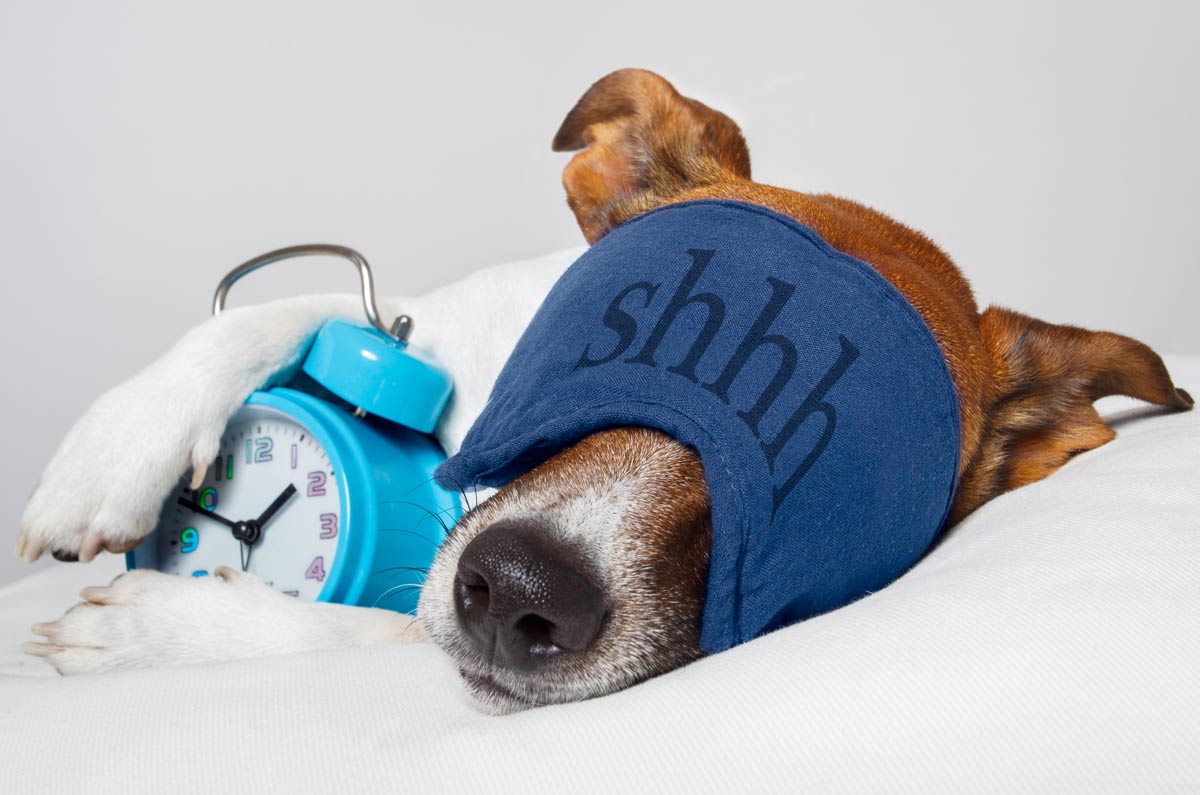“One good thing about music, when it hits you, you feel no pain.” ― Bob Marley
This morning I was sitting at my computer in my makeshift home office, looking out at the bleak Melbourne weather and contemplating a week of a whole lot of nothing. Yep, at the time of writing, Victoria was entering a seven-day circuit breaker lockdown.
I could hear the radio in the next room and noticed the station had brought back the Lockdown Countdown. This is a daily uplifting ‘blast from the past’ song to help us get through the latest lockdown. It’s not the bright pop of Tay-tay or Bieber, but ‘OMG, I LOVE THIS SONG, crank the volume and sing at the top of your lungs’ music. A new song is played each day. Today’s song was Smash Mouth’s ‘All Star’.
And I realised I was smiling as I went through my emails, and I was singing aloud.
Music is a powerful force we often don’t think about – or at least not too deeply. It’s always there, often in the background. But music can improve our mood, help us focus, get motivated and even ease our pain.
So let’s take a closer look at the power of music. And, of course, this is a blatant opportunity to listen to great music and watch videos – all in the interests of research 😉.
Everybody hurts (R.E.M): Music and pain
Numerous research studies have confirmed what many of us have long believed – listening to or creating music can ease our pain. However, we don’t really understand exactly how it works. We do know that listening to music releases dopamine, a chemical made in the brain. It’s often called the ‘feel-good hormone’ and is released when we experience something pleasurable, such as food, exercise, sex and music.
Music also distracts us. It has the power to shift our focus from our pain to something else, such as singing, humming, dancing, or remembering the first time we heard a piece of music. Depending on the level of our pain, music may be enough on its own to help distract us, or used with other pain management strategies such as exercise, medication, heat and cold packs, or massage to get through the worst of our pain.
But at the end of the day, it’s a pleasurable, low/no-cost treatment for pain.
I’m so tired (Kasabian): Music and sleep
Many of us struggle with getting a good night’s sleep – whether it’s falling asleep, staying asleep and/or getting enough quality sleep to wake up refreshed. Anxiety, pain, stress and an overactive mind can all affect how well we sleep.
If this sounds familiar, try listening to some music.
We know it works – we’ve used lullabies for millennia to help put babies to sleep.
Listening to music as you fall asleep can slow your breathing and calm your mind. Adding music to your nightly routine can help you sleep better and reduce the time it takes to fall asleep. It can also distract you from your pain, and counteract any outside noises that may interrupt your sleep, such as traffic or noisy neighbours.
Choose music you enjoy and find soothing – nothing too fast or upbeat! – and create your own sleep playlist. Or there are many ready-made sleep playlists you can try on streaming apps such as Spotify or Apple Music.
Fake happy (Paramore): Music, stress and anxiety
Anxiety and depression are common in people living with arthritis and musculoskeletal conditions. The good news is that many treatment options can help you reduce their impact on your life. One of these treatments is music.
Listening to music can lower blood pressure and slow down the heart rate – both of which are heightened in times of stress and anxiety. Music can also make us cry – which is sometimes the outlet we need to deal with strong feelings.
To get the most out of the music, take the time to ‘actively listen’ to it. Put away all of your usual distractions (e.g. phone) and focus on the music – the lyrics, the tempo, the instruments and how it makes you feel.
Again, it’s important to choose music that makes you relax and is soothing to you. This is obviously a subjective thing – we all have different tastes in music and what we consider relaxing. Such as Garth on the commercial for health insurance de-stressing to heavy metal – which isn’t everyone’s ‘cup of tea’.
Whatever music you choose, be mindful while listening to it, and it has the power to help you find your calm during stressful and anxious times.
Dance monkey (Tones and I): Music and exercise
It never fails. When you’re out for a stroll and some fast-paced music comes through your earbuds, your steps sync to the tempo of the music, and you start walking faster. For me this morning, it was some Run DMC and Aerosmith action with ‘Walk this way’.
So music can help us increase the intensity of our exercise. It also motivates us to move. Listening to music with a great beat, that lifts our mood is often all we need to encourage us to exercise and be more active. It makes you want to dance around the lounge, walk around the park, do some yoga or head to the gym.
Having a good playlist will also distract you. If you’re finding it hard to get in the exercise zone, uplifting tunes will help you get there by giving you something else to focus on.
Happy working song (Enchanted): Music and everyday activities
As with exercise, music can help make everyday, mundane and sometimes stressful activities easier. Stuck in traffic? Put on some relaxing music. Cleaning the shower? Put on some fun, one-hit wonders. Preparing dinner for the starving hordes? Put on something that makes you feel creative and calm. This is the beauty of music – whatever the genre – there’s something for all tastes, occasions and feelings.
ME! (Taylor Swift): Music and our sense of self
Our musical preferences are a big part of who we are. We’re all unique when it comes to what we listen to and when – what music soothes us, energises us, makes us emotional, transports us back in time. It’s magical. And unique to every person.
Count on me (Bruno Mars): Music connects us with others
Music also connects us with others. Think about the earliest time we encounter music – a parent singing a lullaby to their child. Apart from helping the baby fall asleep, it’s an important bonding time between parent and child.
Now think about attending church, a sporting event, or a concert. The shared moments when everyone sings a hymn, an anthem or a song can unify people from all walks of life, even if for a short period.
Music also provides an opportunity to make new friends over a shared love of a particular band, style of music or artist. And with most of us having access to the internet and social media, these friendships are no longer confined to our own suburbs, states or even countries. Why is this important? Because being connected with others is vital for good physical and mental wellbeing. Social connections can lower anxiety and depression, help us regulate our emotions, lead to higher self-esteem and empathy, and improve our immune systems.
Happy (Pharrell): Music and emotions
Listening to music releases dopamine – one of the happy ‘feel good’ chemicals. This boosts your mood and makes you feel more optimistic. So playing upbeat, happy music first thing in the morning can help set you up for the day. Especially if you’re feeling down or the morning news is too depressing to deal with.
On the flip side, listening to sad music can also be healthy. It can help you process sadness or other ‘negative’ feelings by reflecting on them or crying. By doing so, you can deal with them rather than bottling them up.
Make a playlist for all occasions
Music is a powerful tool we can use in many situations and for many health benefits. So just like making a mixed tape for the person you had a crazy, mad crush on as a teenager, make yourself a bunch of mixed tapes. Well, not literally; those things are impossible to find! But make yourself a series of playlists that you can use to exercise, boost your mood, help you sleep or manage your pain. Have them ready to go, so all you have to do when you need them is to press a button.
Or check out the playlists online and find some that suit your tastes and needs.
“Music gives a soul to the universe, wings to the mind, flight to the imagination and life to everything.” ― Plato
Contact our free national Help Line
If you have questions about managing your pain, your musculoskeletal condition, treatment options, mental health issues, COVID-19, telehealth, or accessing services be sure to call our nurses. They’re available weekdays between 9am-5pm on 1800 263 265; email (helpline@msk.org.au) or via Messenger.
More to explore
- 21 songs to listen to on a hard day with chronic pain
The Mighty - 5 types of music that increase your happiness, according to science
Medium, 7 July 2020 - 6 surprising effects of music on the brain
Happify Daily - Functional connectivity of music-induced analgesia in fibromyalgia.
Sci Rep 9, 15486 (2019). https://doi.org/10.1038/s41598-019-51990-4 - How to use music for stress relief
VeryWellMind, 27 August 2020 - The benefits of listening to music
Healthline, 1 April 2020


















